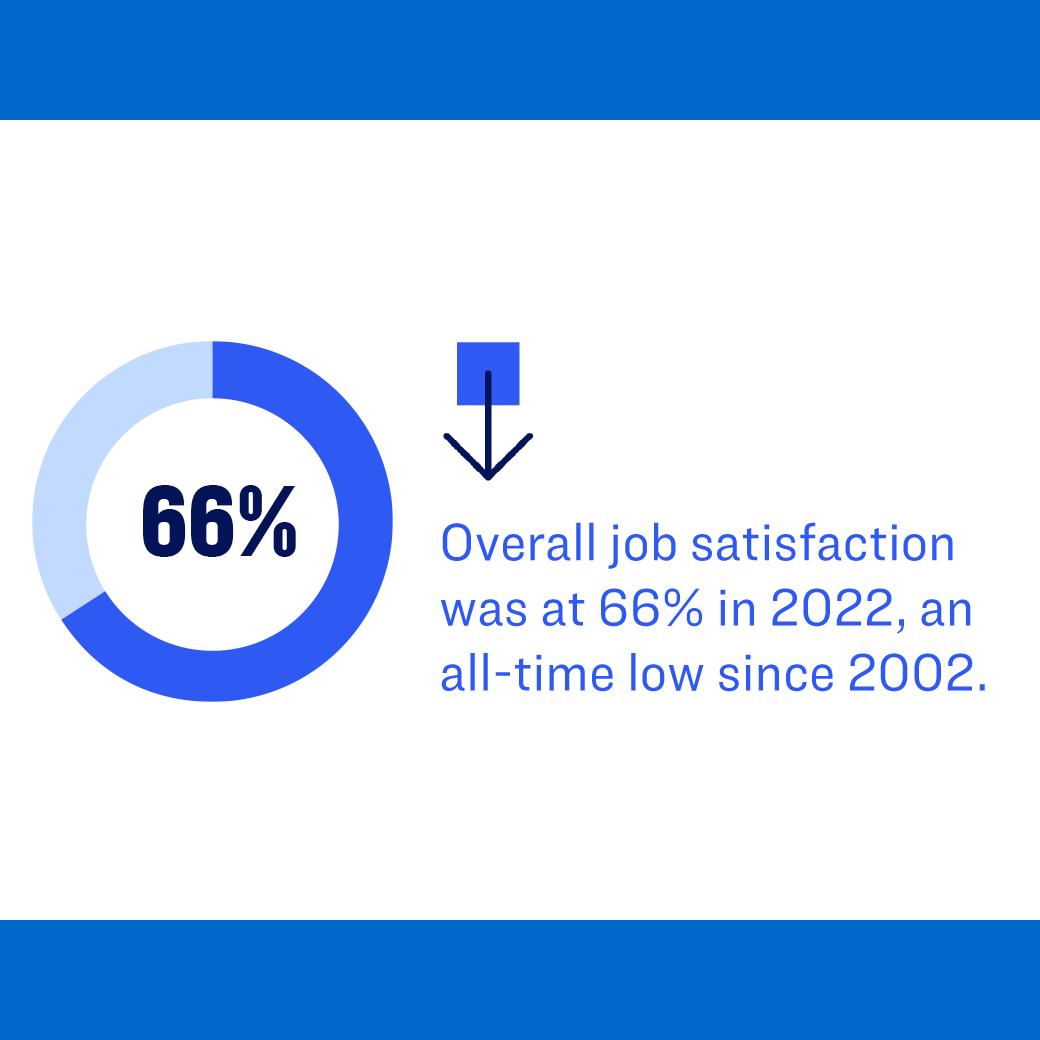As the needs of employees change, employers of choice structure and adjust their benefit offerings accordingly.
Summary
With their employer’s support to mitigate the stresses, health concerns and other challenges that evolve with age, employees feel a greater sense of personal well-being and are also more productive. This report, produced jointly by the Global Coalition on Aging and the TIAA Institute, outlines best practices for benefits that increase employee wellness and help employers attract and retain talent at different life stages.
Key Insights
- Employers increasingly face a workforce willing to look for a different job, underscoring the need to provide attractive benefits that allow employees to thrive.
- Employees’ needs and expectations tend to differ greatly across life stages, e.g., young employees may prioritize work-life balance while mid-career and older employees may need assistance with childcare or caregiving.
- Organizations should consider taking a collaborative approach with their workforce to create holistic benefit offerings.
- Providing a work environment that promotes employees’ health, safety, and well-being at each life stage enhances productivity and employee retention.



